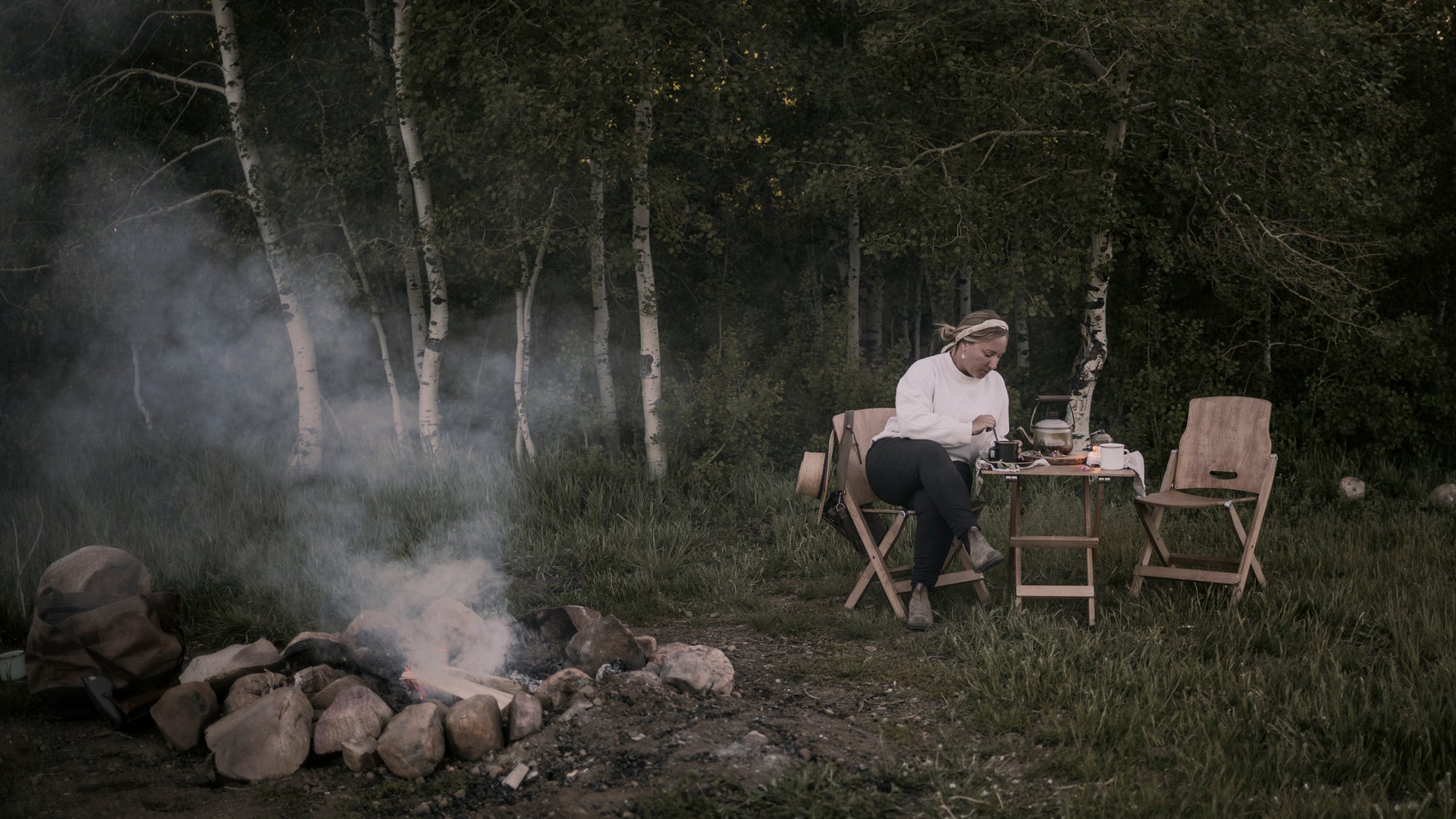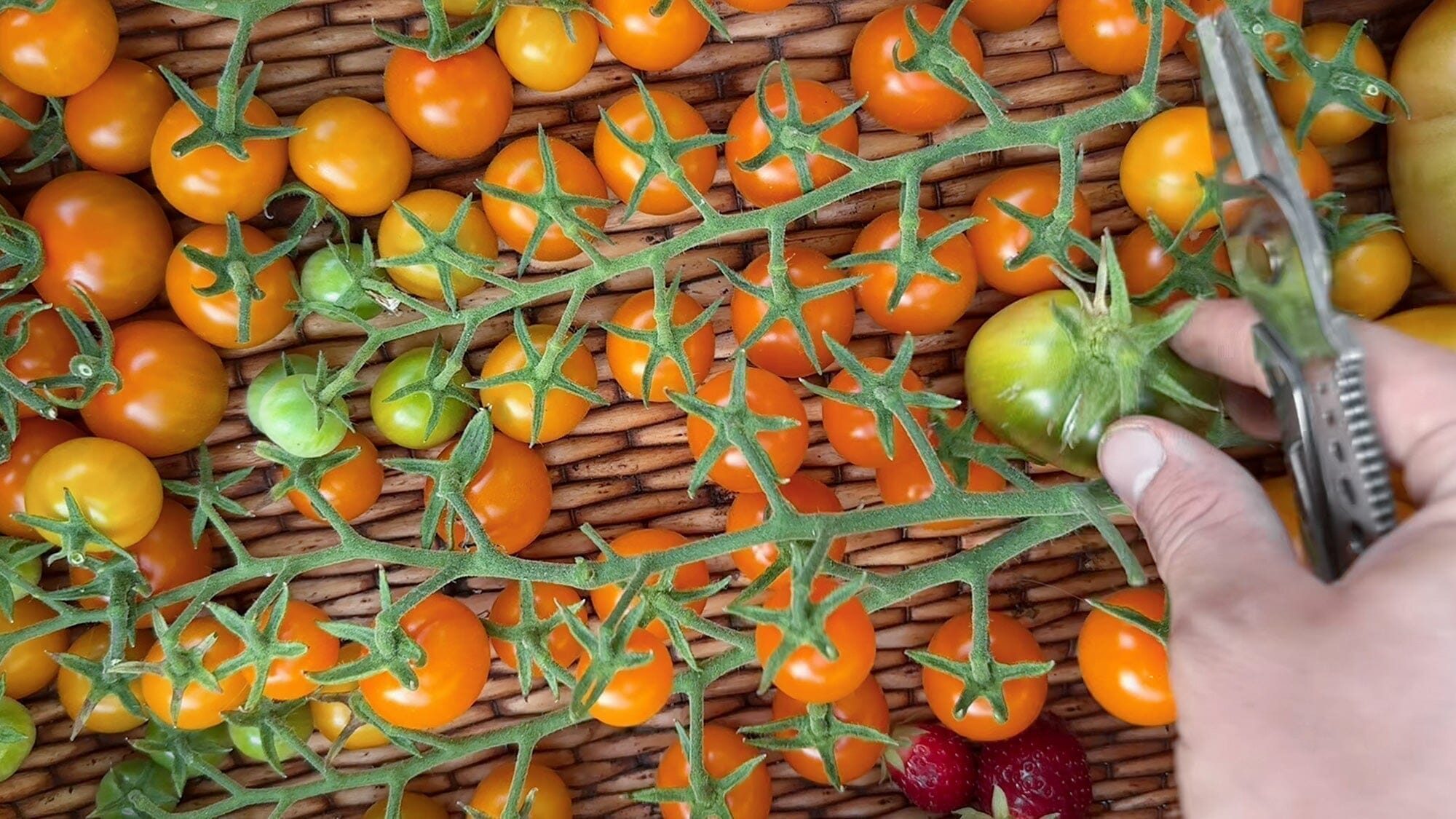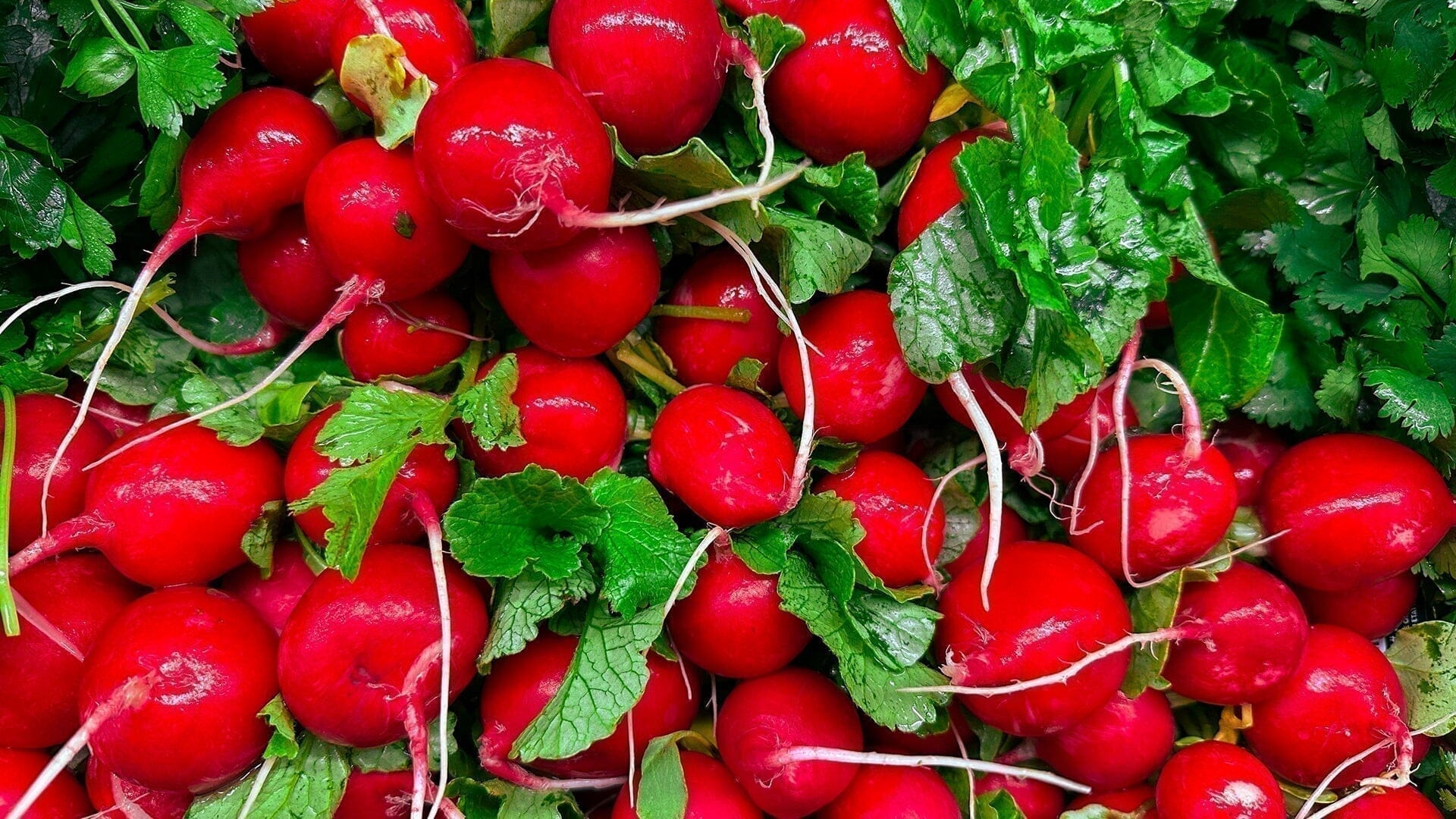Tips by Brianne Dela Cruz
There are few experiences more soothing than ending a day outside, cozied up by the fire, with a steaming drink in hand. One of my favorite ways to enrich such experiences is to craft a simple herbal tea using leaves and flowers foraged throughout a day of adventuring.

As an outdoor recreationist, I’m constantly passing plants on the trail and wondering about their medicinal or edible uses. It’s such a fulfilling experience to confidently forage familiar plants, then take them back to camp and craft them into a soothing evening elixir. A few of my favorite plants to craft fresh wild tea with include mountain rose, mullein, and catnip. These plants are common, easy to identify, safe, and create delicious herbal teas.

Take your tea time into the wild with these
three wild tea recipes you can easily forage and make at camp.
How to Make
Rose Tea
Ingredients
- 1 handful of rose petals, buds, flowers, and hips (dry or fresh)
- 1 spoonful of honey
- 1 slice of lemon
- 8 oz hot water
Instructions
- Place clean leaves into a cup and pour hot water over the plant material.
- Add lemon and honey to taste.
- Let steep until water cools enough to drink.
Rose Tea Benefits
Rose flower and rosehip tea is wonderful to drink after a meal, if you’re feeling heavy-hearted, or need to boost your immune system. A single cup of rose flower or rose hip tea contains 60 times more vitamin C than fresh citrus fruits, like oranges or grapefruits. Rose tea aids digestion and blood circulation and nourishes the skin. The sensation of drinking rose tea has refreshing, soothing, and heart-lifting qualities. Brewing offers a subtle flowery aroma and a light sweet taste.
How to Identify Wild Rose
Wild roses grow in a dense shrub or thicket like arrangement. Much like cultivated roses, they have thorns on the stems, but they’re usually much smaller. The leaves are alternately arranged on the stems with oval leaflets that are sharply toothed on the margins of the leaf. The flowers of wild roses are small and have five petals, whereas cultivated roses are large and have many more petals. Wild rose petals can be dark pink, light pink, or white. Rosehips (the reddish bulb-shaped fruit of the rose plant) turn orange or red as they ripen in the fall. They often linger on the plant through winter and the next summer, which helps identify wild roses from other brambles. Wild rose grows abundantly in zones 5 through 10. They grow well in part shade in lower elevations but prefer full sun exposure at high elevations. They can easily be found in deserts, along streams, near meadows, and coastal regions.

How to Forage Wild Rose
Harvest wild roses by plucking off the petals individually or cutting whole flowers and buds just below the bulbous part of the flower head. Use petals, buds, flowers, or hips fresh. Or, let them dry out completely before storing them in a cool dark place.
Note: Leave as many whole flowers on the plant as possible so they can be pollinated and form rosehips. Rosehips are wonderful to forage but are also a vital food source for wildlife. Learn more tips for sustainably foraging plants.
How to Make
Wild Catnip Tea
Ingredients
- 1 small handful of catnipleaves de-stemmed (about 1-2 stalks)
- 1 spoonful of honey
- 1 slice of lemon
- 8 oz hot water
Instructions
- Place clean leaves into a cup and pour hot water over the plant material.
- Add lemon and honey to taste.
- Let steep until water cools enough to drink.
Catnip Tea Benefits
Catnip is a powerful herb used in herbal medicine to reduce anxiety, stress, restlessness, and nervousness. It’s known to soothe coughs, reduce symptoms of diarrhea, comfort an upset stomach, reduce symptoms of asthma, aid in digestion and improve sleep quality. Catnip tea has a slightly minty taste with lemony, citrus undertones, which are pleasing to the palette. It also has an aroma of wild mountain grass. It is the lovely wild tea to calm and settle nerves.
How to Identify Catnip
Catnip grows in the understory of forests in herbaceous clusters with stalks reaching 1-3 feet tall. The stems are quintessentially square with heart-shaped leaves. The leaf margins are deeply lobed with rounded teeth. The surface of the catnip plant is covered in soft, fuzzy hairs and the leaves have distinct veins pointing towards the round-toothed margins. Multiple stems grow from the same base. Leaves emerge alternately (pairs of leaves opposite one another) along the stem. When the leaves rub between the fingers, the scent is green, warm, and slightly minty. It’s not as sharp or sweet as other members of the mint family.
Cat Nip Vs. Stinging Nettle
Stinging nettle is a common look-a-like. However, stinging nettles feature hairs that are much larger and spaced out. The toothed edges of nettle leaves are sharp and pointy, not rounded like catnip. Stinging nettle leaves don’t look as soft and stings to the touch, so be careful when noting the differences in the wild.
How to Forage Catnip
Cut the main stem of the plant halfway down. Leave the lower half of the stock rooted so it can continue to branch out and grow. Use leaves fresh, or hang to dry. Store in a cool, dark place.
How to Make
Wild Mullein Tea
Ingredients
- 1 small handful of whole or chopped leaves (about 1-3 small leaves)
- 1 spoonful of honey
- 1 slice of lemon
- 8 oz hot water
Instructions
- Place clean leaves into a cup and pour hot water over the plant material.
- Add lemon and honey to taste.
- Let steep until water cools enough to drink.
Mullein Tea Benefits
Mullein leaf and flower tea fights colds and coughs while improving respiratory function. It is a powerful herb that expels mucus and has anti-inflammatory properties that open the lung airways. Mullein tea has a smooth, subtle green taste with hints of mint that make for a pleasant drinking experience. Mullein is an ideal wild tea to drink if you’re feeling under the weather in the wild.
How to Identify Mullein
Mullein is a herbaceous biennial. In the first year it grows in a small rosette clump with felt-like leaves. The yellowish gray-green leaves are oblong or narrow and oval shaped, about 4-12″ long and 1-5″ wide. The leaves are densely covered in hairs which makes them feel wooly.
In the second year it produces a flower stalk 5-10 feet tall. The alternate leaves on the flower stalk are larger at the base and smaller toward the top. Small yellow, 5-petaled flowers are grouped densely on the leafy stalk. After flowering, the entire plant dies, leaving behind a tall dead flower spike. These are easy to spot because mullein grows in large groups or colonies.
Mullein is typically found in neglected meadows and pasture lands, along fence rows and roadsides, in vacant lots, wood edges, forest openings and industrial areas. It grows well in full sun and disturbed, sandy soils.
Mullein vs. Lamb's Ear
Mullein is often confused with lambs ear, a different plant with soft and fuzzy leaves. Lamb's ear has a more bluish-silver color; it does not produce a tall flower stalk.

How to Forage Mullein
Cut the leaves toward the base of the plant first and gently pluck off the small yellow flowers with your fingers. The leaves can be quite large at the bottom, so you may only need one. Use fresh leaves and flowers, or let it dry out completely before storing in a cool dark place.
Learn more about sustainable foraging here >>>
Brianne Dela Cruz is a master gardener, wild forager, campfire foodie, and acclaimed writer and photographer. From her home in Salt Lake City, she teaches online gardening and foraging courses for modern folks and budding naturalists as well as hosts seasonal community gatherings. Brianne's blog and online school, Gather & Grow, is a community of folks exploring the intersection between nature and personal growth by discovering ways to slow down and nourish themselves with nature.



